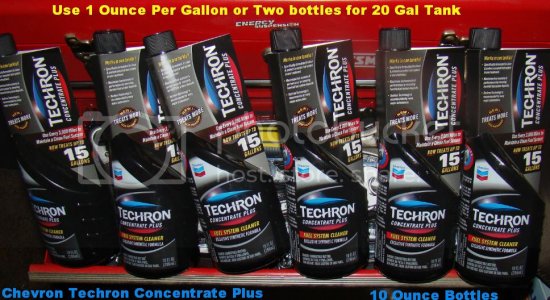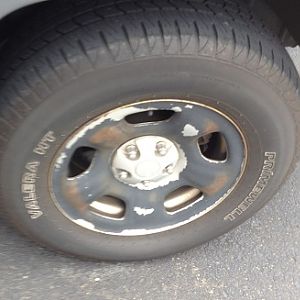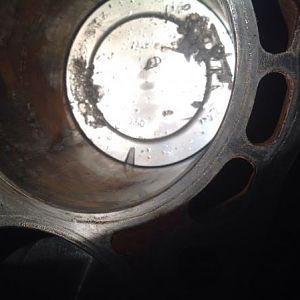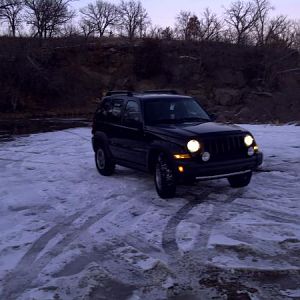Forget the door sticker. Take a look at the tires themselves and see what psi range is stated on them.
I am fairly confident you can bump them up to 38 psi, and find less rolling resistance.
That may give you back the 1 mpg right there.
You're right that the door sticker isn't the authoritative source for best tire pressure to run (except on OEM tires, I'd argue), but carelessly adding more air is an invitation to a couple problems.
Sure, it'll decrease rolling resistance, but it will also change the contact patch. This may adversely affect tread wear, causing the tires to wear out sooner and require replacement, effectively ruining the attempt at greater efficiency.
Considering we're talking about a Wisconsin winter here, I'd say the more important problem will be decreased traction. A smaller contact patch is the opposite of what we want in low-traction conditions, especially on all-season (i.e. too hard to perform optimally in cold temperatures) tires! In fact, a lot of people purposely air down a couple psi in the winter for this reason, sacrificing a small amount of tread life to gain a small amount of traction.
There are several supposed methods for fine-tuning your tire pressure, including simple trial and error; but just stuffing more air in because the tire says it can handle it isn't the best way to go. The tire can handle the pressure and will return better fuel mileage, but won't wear evenly or provide the best traction if you inflate too high above the sweet spot. Everything's a tradeoff.
Anyway, HJ isn't just trying to get that 1 mpg back - it's about
what's different now from previous years that's manifesting itself in a 7% drop in fuel mileage. Unless this KJ's tires were at 38 psi (for example) the last several winters, inflating them more now won't address the actual issue, whatever it may be.
Ok, I'm done. Carry on.:icon_mrgreen:











